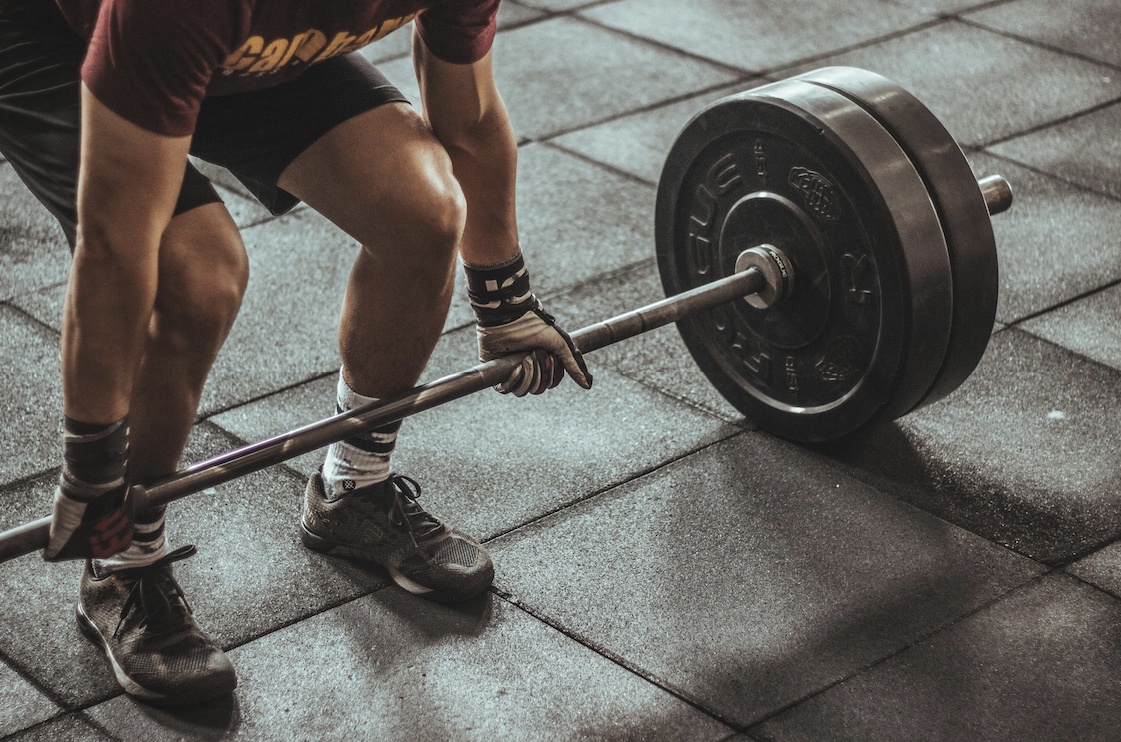Recover Like a Champ

Recovery from training, exercise and sports has increasingly become recognized as one of the most important aspects of performance and overall wellness. It is widely known that without proper recovery, performance will not only not improve, but it will suffer.
You’ll find that some methods may prove more effective than others, but it’s crucial to remember that any interventions will be beneficial. Keep in mind that the most effective strategy for you may take some experimentation to determine which ones prove feasible and successful.
We train, eat, sleep, repeat, constantly striving to get stronger, fitter, faster or slimmer — but is there a point where too much becomes harmful? Many recognize the need for recovery after exercise, but do we understand what it takes to fully recover and whether we have actually achieved that state? We hear terms like “overtraining” and wonder when it is happening to us but may not be sure. Although several signals point to overtraining, an elevated resting heart rate (RHR) coupled with a decrease in exercise performance over 7-10 days are the easiest to monitor.
Let’s start with a basic understanding of homeostasis, stress and recovery within the body.
- Homeostasis is a state of balance within the body that occurs when the variables in a system (e.g., pH, temperature) are regulated to keep internal conditions stable and relatively constant.
- Stress is a stimulus that overcomes (or threatens to overcome) the body’s ability to maintain homeostasis. There are various types of stress: stress related to exercise, which includes physiological (e.g., muscle tears, dehydration, pain) and chemical (e.g., blood imbalances of acid-base or oxygen-carbon dioxide). Other common types of stress are environmental, psychological, emotional and social.
- Recovery is the body’s process for restoring homeostasis.
The human body is designed to tackle stress — we either adapt or perish.
An intense, acute bout of physiological stress followed by adequate recovery, which enables adaptation and restores homeostasis, is generally considered healthy. However, physiological stress that is not followed by adequate recovery can, over time, compromise homeostasis and immune function, increasing the probability of injury, illness and the onset of overtraining. Considering these implications, it’s no surprise that experts have turned their attention to studying stress and recovery.
Although recovery is a critical phase of the exercise-adaptation cycle, it is among the least understood and most under-researched components of training. Essentially, recovery is a process that includes rest, rehydration, refueling, regeneration (repair), resynthesis, reduction of inflammation and restoration that ultimately returns the body to homeostasis.

In short, if you’re “hitting it hard,” then you need to devote equal time to “quitting it hard,” according to Jonathan Ross, a highly respected trainer from Baltimore.
Recovery can be put into three categories: immediate recovery (in between reps), short-term recovery (in between training sets or intervals) and training recovery (in between workouts), which is the one we will focus on in this article. Focusing on training recovery offers the greatest potential benefit, because everything that happens outside of an exercise session — life, work, etc. — has a potential effect. Hence, the need to ask: Are we truly recovering from training, given the body’s perception of stress and the hectic schedules many of us keep? Furthermore, how do we measure or monitor recovery?
We can now monitor various physiological parameters in real time to validate recovery and improve the recovery process. For example, measuring resting heart rate (RHR), heart rate variability (HRV) and ventilation (breathing) patterns can provide valuable information on the dominance of our sympathetic nervous system (SNS) or parasympathetic nervous system (PNS), the latter of which is responsible for rest, repair and recovery. It’s also helpful to review the scientific evidence for specific means of achieving it: active recovery, compression, hydrotherapy and sleep to spotlight just a few.
Active recovery, (e.g. a cool down), is light activity performed immediately following intense activity. The idea is to speed up the removal of lactate and hydrogen from muscles while stimulating and facilitating blood flow and signaling proteins (to initiate healing and adaptation) into the localized tissue. One study found that following high-intensity workloads with active recoveries performed at 60–100% of lactate threshold helped muscles recover faster than did more passive recoveries performed at lower intensities at 0-40% of lactate threshold.
Compression, delivered via inflatable devices, such as pulsatile pneumatics or through compression clothing, is believed to alleviate muscle fatigue and soreness, accelerate lactate and metabolic byproduct removal, reduce muscle stiffness, increase venous and lymphatic flow and muscle oxygenation and accelerate recovery. Pneumatic compression (which incorporates pulsatile pressure) tends to have a greater effect on increasing blood flow and decreasing muscle stiffness. There is still much to learn about the true benefits of compression, but we do know that there does appear to be some recovery benefits with little concern about harmful side effects.
Hydrotherapy, or water immersion, provides a plethora of benefits to the cardiovascular system. The cardiovascular system responds by changing heart rate, peripheral blood flow and resistance to flow. It also changes the temperature of the skin, muscles and core, influencing inflammation, immune function, muscle soreness and perception of fatigue. The three most common immersion techniques are cold-water immersion (CWI), hot water immersion (HWI) and contrast water therapy (CWT), which alternates immersions between hot and cold water.
These techniques have been extensively examined and appear to have many benefits, though CWI and CWT demonstrate greater benefits than HWI.
Sleep is undervalued and underrated. Health and medical practitioners recognize the importance of sleep upon overall health and wellness requirements. Sleep and recovery depend on two vital data points: basal sleep, which is the amount the body needs every night to recover, and sleep debt, which accumulates if we do not get our basal sleep every night.
If sleep debt piles up, rising stress and cortisol accumulation in the body will impair recovery and threaten our health. Considering how much psycho-emotional stress people deal with every day, we should all take the time to inventory our stress and consider the ramifications on recovery and performance. Disregarding or underestimating the importance of sleep may expose us to a higher risk of overtraining.
Regardless of the recovery method(s) you choose, the important part is choosing something. Experiment with various methods and try them at different times of day and after various activities. You never know, you may actually begin looking forward to recovery days!

Jessica Tranchina, PT, DPT, is a co-founder of Generator Athlete Lab and has been an athlete her whole life. As the creator of the Generator Method, Tranchina works to help guide others to better performance and recovery and is passionate about bringing the active community of Austin together from all fitness levels and athletic backgrounds. NASM-CPT, A.R.T Certified Provider, CKTP.






